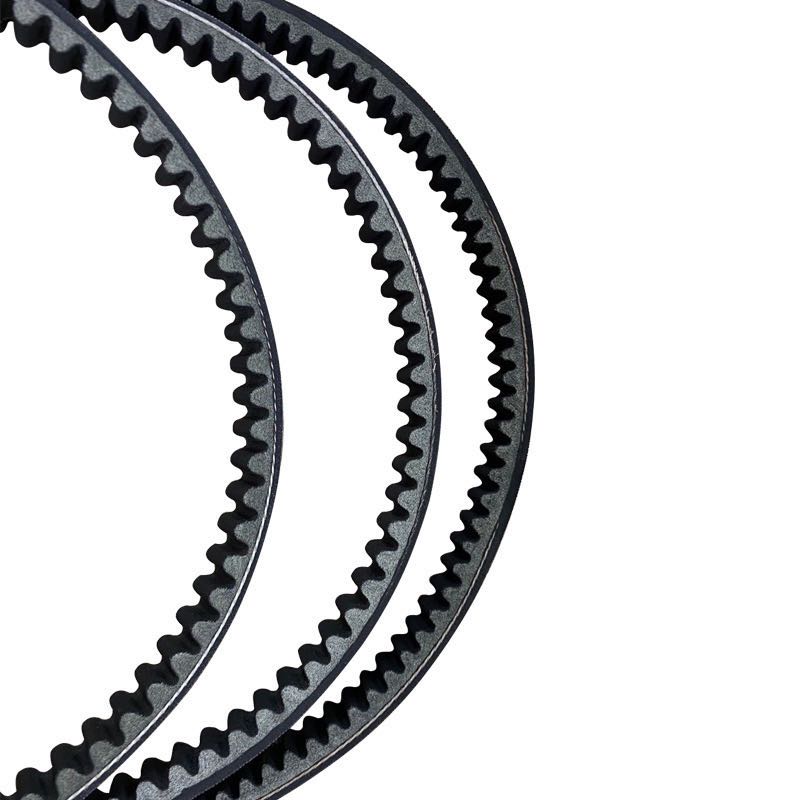- Arabic
- French
- Russian
- Spanish
- Portuguese
- Turkish
- Armenian
- English
- Albanian
- Amharic
- Azerbaijani
- Basque
- Belarusian
- Bengali
- Bosnian
- Bulgarian
- Catalan
- Cebuano
- Corsican
- Croatian
- Czech
- Danish
- Dutch
- Afrikaans
- Esperanto
- Estonian
- Finnish
- Frisian
- Galician
- Georgian
- German
- Greek
- Gujarati
- Haitian Creole
- hausa
- hawaiian
- Hebrew
- Hindi
- Miao
- Hungarian
- Icelandic
- igbo
- Indonesian
- irish
- Italian
- Japanese
- Javanese
- Kannada
- kazakh
- Khmer
- Rwandese
- Korean
- Kurdish
- Kyrgyz
- Lao
- Latin
- Latvian
- Lithuanian
- Luxembourgish
- Macedonian
- Malgashi
- Malay
- Malayalam
- Maltese
- Maori
- Marathi
- Mongolian
- Myanmar
- Nepali
- Norwegian
- Norwegian
- Occitan
- Pashto
- Persian
- Polish
- Punjabi
- Romanian
- Samoan
- Scottish Gaelic
- Serbian
- Sesotho
- Shona
- Sindhi
- Sinhala
- Slovak
- Slovenian
- Somali
- Sundanese
- Swahili
- Swedish
- Tagalog
- Tajik
- Tamil
- Tatar
- Telugu
- Thai
- Turkmen
- Ukrainian
- Urdu
- Uighur
- Uzbek
- Vietnamese
- Welsh
- Bantu
- Yiddish
- Yoruba
- Zulu
Aug . 11, 2024 04:32 Back to list
Comprehensive Guide to Timing Belts for Renault Vehicles and Their Maintenance Requirements
The Importance of Timing Belts for Renault Vehicles
Timing belts are critical components in the engine of any vehicle, and Renault cars are no exception. These belts are responsible for synchronizing the movement of the crankshaft and the camshaft, ensuring that the engine's valves open and close at the correct times during each cylinder's intake and exhaust strokes. A well-functioning timing belt is essential for smooth engine operation, fuel efficiency, and overall vehicle performance.
Understanding Timing Belts
A timing belt, typically made from rubber and reinforced with fiberglass or steel, is designed to withstand extreme conditions and the wear and tear of daily use. In Renault vehicles, the timing belt usually operates under a protective cover to minimize exposure to dirt and debris, which can lead to premature wear or failure. Most Renault models require the timing belt to be replaced at specific intervals, usually around 60,000 to 100,000 miles, although this can vary depending on the model and year.
The Consequences of a Failed Timing Belt
Failure to replace a timing belt as recommended can lead to severe engine damage. If a timing belt breaks while the engine is running, the camshaft and crankshaft can become out of sync, resulting in the engine's valves colliding with the pistons. This scenario can lead to bent valves, damaged pistons, and potentially a complete engine failure, necessitating costly repairs or even a full engine replacement. Regular maintenance and timely replacement of the timing belt are crucial for preventing such catastrophic outcomes.
Signs of a Worn Timing Belt
timing belt for renault

There are several warning signs that a timing belt may be due for replacement. Notable indications include a ticking noise from the engine, which may suggest a failing belt, and engine misfires, which could result from valve timing issues. Additionally, visible signs of wear, such as cracks, fraying, or missing teeth on the belt itself, should not be overlooked. If these symptoms are observed, it’s essential to consult a professional mechanic who can conduct a thorough inspection and provide appropriate recommendations.
Scheduled Maintenance for Renault
Renault owners should adhere to the manufacturer's maintenance schedule regarding timing belt replacement. This schedule typically includes not only the timing belt but also associated components such as the tensioner and water pump. Replacing these components at the same time can save time and money in the long run, as they often wear out around the same interval.
Keeping precise records of maintenance can help owners track when the timing belt was last changed and when it will need to be replaced again. It is also advisable to use genuine Renault parts or high-quality aftermarket parts to ensure the longevity and reliability of the replacement components.
Conclusion
In summary, the timing belt is a vital part of the engine in Renault vehicles, and maintaining it properly is crucial for optimal vehicle performance and longevity. By staying informed about the signs of wear, adhering to the recommended replacement intervals, and seeking professional assistance when needed, Renault owners can avoid the unnecessary risks and expenses associated with timing belt failure. Regular maintenance and care will not only enhance the driving experience but also ensure that your Renault remains a reliable companion on the road for many years to come.
-
Reliable Diesel Engine Belts & Tensioners for Optimal Performance
NewsAug.07,2025
-
23100-KVB-901 Drive Belt for Honda VARIO | OEM Performance
NewsAug.06,2025
-
Variable Belt Drive AI Optimized for Efficiency
NewsAug.05,2025
-
High-Quality Tensioner Belt Pulley - Durable & Efficient
NewsAug.03,2025
-
Premium Timing Belt Factory | AI-Optimized Solutions
NewsAug.02,2025
-
Heat Joining Drive Belt | High-Durability Fusion Solution
NewsJul.31,2025

